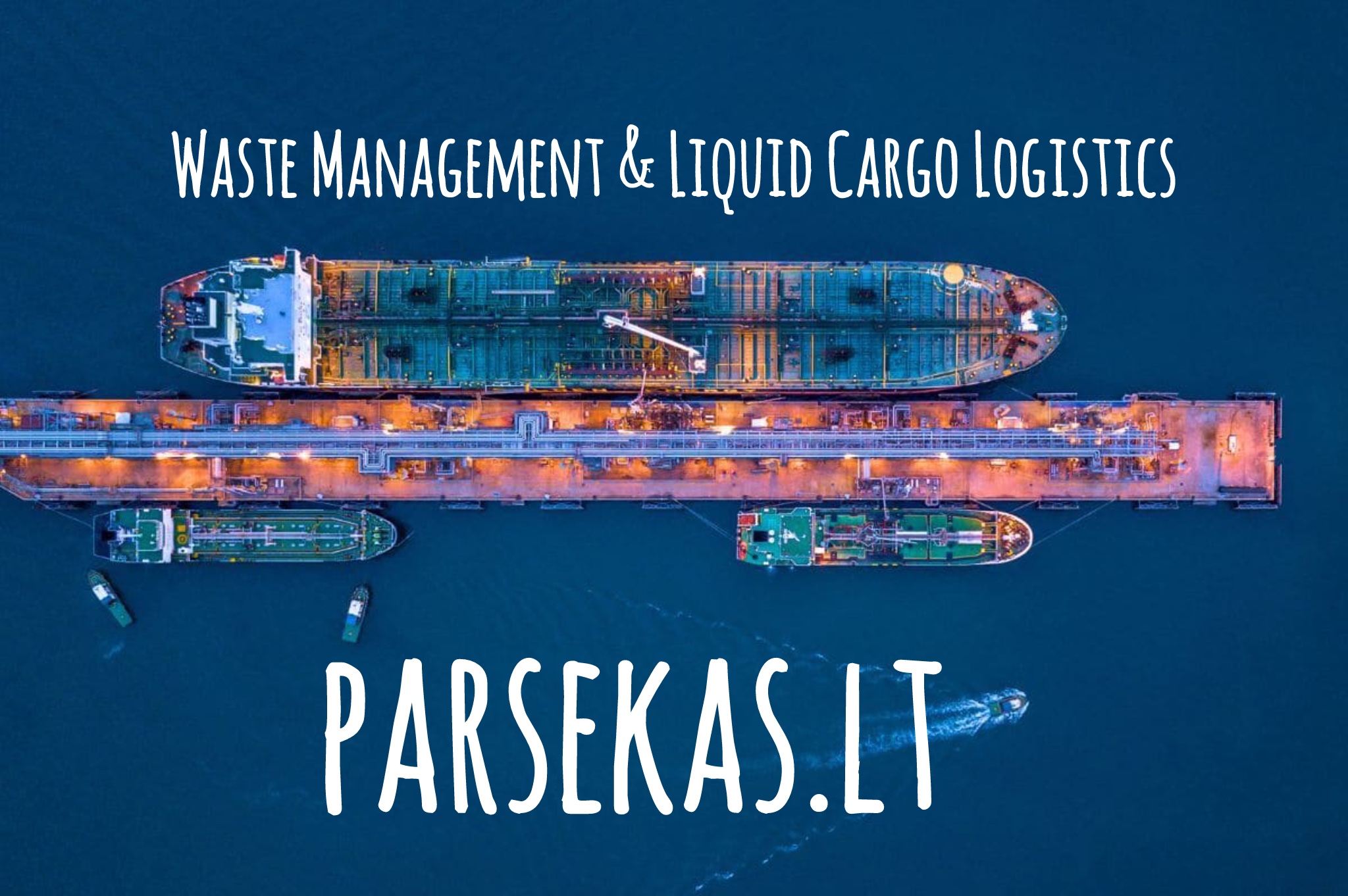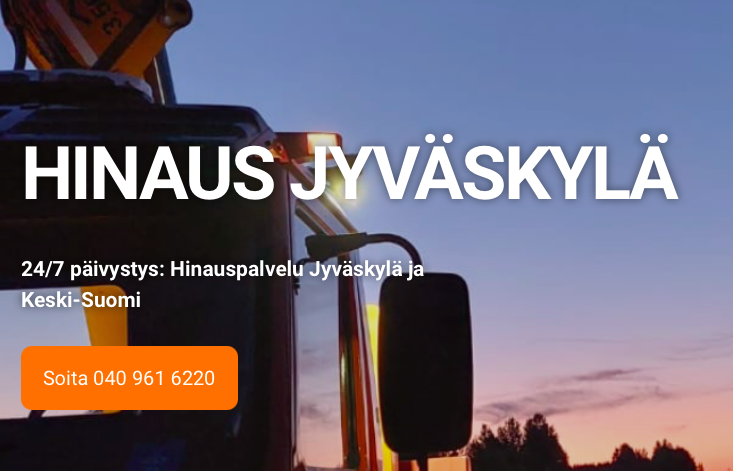Industry engineer construction,using smart tablet,control automation robot arm machine intelligence … More operation construction site,concept business industry 4.0,Artificial intelligence or AI,5G network
Even in the mid-20th century, leaders understood that organized labor was not only a bargaining tool but a pillar of economic credibility. Addressing the Amalgamated Clothing Workers of America Convention in 1956, Eleanor Roosevelt observed:
“You in the unions do not yet represent all of labor. But I hope some day you will, because I believe that it is through strength, through the fact that people who know what people need are working to make this country a better place for all people, that we will help the world to accept our leadership and understand that, under our form of government and through our way of life, we have something to offer them.”
Nearly seventy years later, her words echo with renewed relevance. As artificial intelligence accelerates in capability and adoption, the definition of work—and the institutions built to protect it—are entering uncharted territory. Labor unions, long a cornerstone of worker advocacy and financial leverage, now confront a systemic test: whether they can not only defend wages and conditions, but credibly guide the transition toward a machine-augmented economy whose disruptions are often invisible until they are irreversible.
From their origins in the trades and industrial movements of the 19th century, unions gained influence by organizing workers around shared physical spaces, defined tasks, and predictable employment structures. Over the 20th century, these organizations grew into major political forces, channeling member dues into campaigns, legislation, and collective bargaining aimed at securing better wages, conditions, and protections.
But technology has always tested the boundaries of labor. The disappearance of elevator operators—once a common union job—following the introduction of automated elevators in the mid-20th century serves as an early example of how technological efficiency can render once-essential roles obsolete. Today, artificial intelligence presents a far more expansive and systemic challenge.
AI is not merely optimizing tasks; it is absorbing entire functions. From logistics to legal review, customer service to manufacturing, AI systems are increasingly performing duties once reserved for human workers, often at higher speeds and lower costs. During a conversation at Hamilton College in Upstate New York on April 3, former President Barack Obama remarked that only the most elite coders will be able to keep up with machine-generated code, signaling a broader trend: automation is no longer confined to repetitive tasks. It now threatens knowledge work and professional careers once thought immune to disruption.
For unions, this evolution raises urgent questions. The traditional tools of organized labor—strikes, contract negotiations, grievance processes—were designed for human-centered workplaces. As algorithms replace decision-makers and predictive models supplant manual oversight, those tools are being tested. What does collective bargaining look like in a workplace run by artificial agents? How do you negotiate with a system that cannot respond to protest?
Some unions are adapting. Contract language in select industries now includes clauses on algorithmic transparency, human review of AI decisions, and mandated re-skilling initiatives. Others are advocating for legislation that treats AI systems as subjects of labor law, requiring disclosure, audits, and ethical use standards akin to workplace safety regulations. In elections to come, we may see political contributions, once focused on wage floors and benefits, that are increasingly focused on supporting candidates who prioritize digital rights and AI governance.
Still, many labor organizations remain caught in a reactive posture, confronting displacement after it has already occurred. Unlike prior technological waves, AI does not just replace physical tasks, it replicates judgment, analysis, and communication. Its spread is faster, its learning curve steeper, and its effects less visible until the disruption is complete.
The future of organized labor may depend on its ability to reframe its role, not just as a protector of existing jobs, but as a steward of equitable transitions in a machine-augmented economy. Just as elevator operators once gave way to automation, today’s workforce may need to accept that some roles will vanish. The question for unions is whether they can still shape what comes next.
The German Model: IG Metall and Volkswagen
A recent agreement between Volkswagen AG and IG Metall, one of the world’s largest industrial unions, offers a roadmap for how labor organizations might not only adapt, but also influence the transformation. Finalized in December 2024 and titled Zukunft Volkswagen (Future Volkswagen), the agreement redefines union relevance in an age of automation.
The deal includes a socially responsible workforce reduction of more than 35,000 positions across German plants by 2030. Rather than through layoffs, this reduction will be managed through early retirement, voluntary buyouts, and attrition. In return, Volkswagen committed to a job security guarantee through 2030 for remaining workers, even as automation and electric vehicle production reshape operational needs.
The agreement also introduced flexible work models, redistributed development roles within the corporate network, and preserved core manufacturing functions across sites. The union’s role extended beyond protection, it also helped co-design the structural transition, ensuring that workers had a voice in how technology would be integrated and labor reallocated.
From a financial standpoint, the arrangement allows Volkswagen to realize €1.5 billion in annual labor cost savings while retaining production viability in Germany. It aligns with the company’s goal to become the world’s leading volume manufacturer of electric vehicles by 2030, without discarding its workforce.
Implications for U.S. Labor
While the U.S. legal and economic environment differs from Germany’s, elements of the Volkswagen AG and IG Metall agreement offer instructive value for American unions navigating the AI era. Sectors including logistics, transportation, customer service, administrative support, and even healthcare are likely to become more vulnerable to automation-driven role reduction.
In these fields, labor organizations might consider:
- Negotiated workforce transition guarantees, offering job protection during technological rollouts.
- Mandatory re-skilling and redeployment programs, funded jointly by employers and public sources.
- AI audit provisions, ensuring transparency in how automated systems impact hiring, promotions, and terminations.
- Profit-sharing clauses, allowing workers to benefit from productivity gains realized through AI integration.
These strategies could shift the union’s role from opposition to orchestration, crafting frameworks for introducing AI and ensuring that human capital remains central to corporate strategy.
From the steam engine to the microchip, labor unions have consistently recalibrated to meet changing conditions. AI represents a steeper curve, but not an insurmountable one. If unions can establish a role not only in defending existing positions but also in shaping the frameworks that govern new ones, it may help them continue to serve as key stakeholders in an evolving economic landscape. In this respect, they have an opportunity to reinforce the aspiration Roosevelt articulated: that collective strength, applied thoughtfully, can help align technological progress with broadly shared prosperity.











